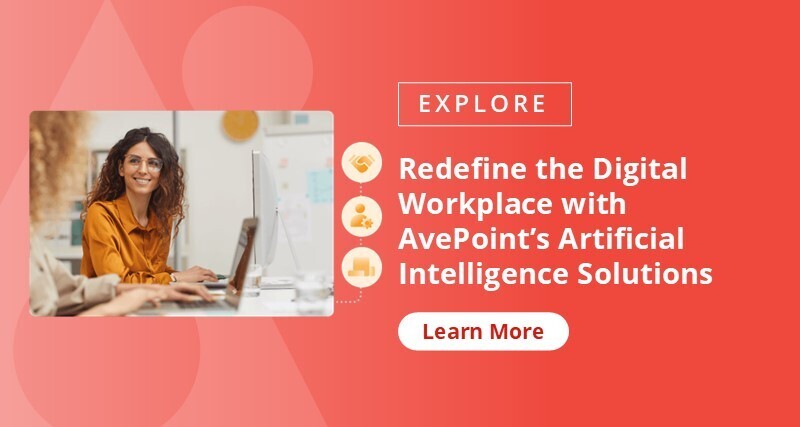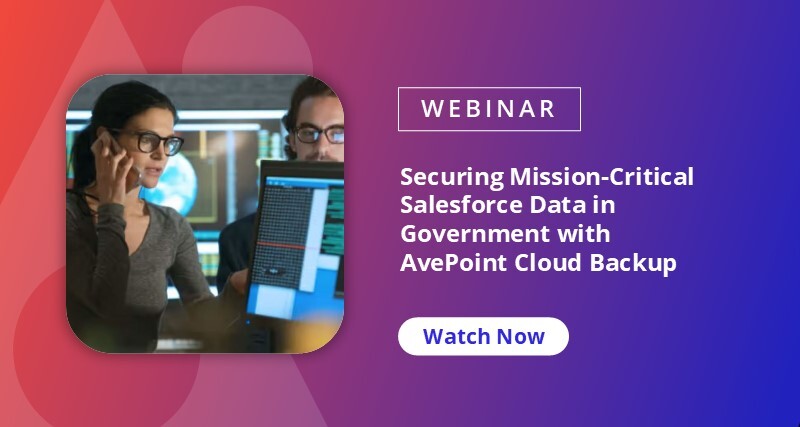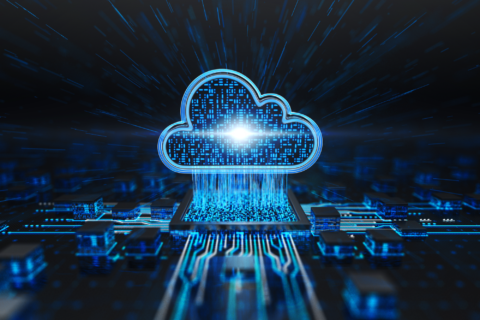Whether you are preparing for the AI future, increasing visibility across your organization, or trying to optimize a business process, the first challenge is getting your data in order, and breaking down data silos is a crucial first step in this direction.
The 2024 Connectivity Benchmark Report by Mulesoft reveals the top challenges affecting businesses today:
- Only 28% of applications have meaningful connections. Without integration across different data sets, you could be missing important context when making critical decisions
- 81% of IT decision-makers struggle with data fragmentation and data silos. Data is difficult to connect to, requiring many organizations to build complicated data connectors or undergo lengthy data transformation processes.
- 95% of leaders report integration issues as a top barrier to AI implementation. While we all have an interest in leaping into the AI future, organizations are shackled by the underlying data silos and integration challenges before they can see an ROI on AI.
Solving AI-related data integration issues and other data management challenges are what we do at AvePoint, and we’re excited to share our latest innovations to our customers to elevate their Salesforce experience to the next level.

Meeting People Where They Work
In a multi-cloud world where AI is becoming more prevalent, having complete, centralized, and easily accessible data is paramount. Data is what fuels your Salesforce Agents. It’s how your Salesforce Einstein Copilot knows precisely what to say and how to respond. As organizations adopt these AI tools, their corresponding datasets become increasingly crucial. Data silos present a unique challenge to organizations, regardless of size or industry.
So, what exactly is a data silo? A data silo occurs when data – whether structured or unstructured – becomes isolated within different departments, applications, or systems within an organization.
This segmentation of data caused by technical barriers between platforms or a lack of collaboration between teams or both, can lead to inaccurate analytics, incomplete reporting, and even AI hallucinations. Drawing conclusions based on only a subset of data, whether such conclusions are accessed by an individual or AI, can harm an organization’s long-term strategy.
Let’s look at a more concrete example. Let’s say Company A requested its product manager to reduce the churn of its existing customers. That’s a pretty big ask, and there are so many ways to address this, so there’s no way the product manager can do this without first looking at some data.
They might first go to the customer success (CS) team and ask why customers have churned. The CS team members share what they know and review some notes. Their data revealed that many customers commented that the product’s UI is “clunky and confusing,” which caused a few accounts to leave.
The product manager might even look at customer satisfaction surveys and note that 60% of those who gave a low score specifically mentioned UI difficulties. So, with this data, it would make sense to focus on a UI redesign in the coming updates. However, the product manager didn’t look at support data at all. Maybe they didn’t consider asking the support team for feedback, or perhaps they didn’t have access to that data.
However, since our product manager didn’t take that into account, they missed the crucial detail that 87% of support cases were related to job performance and slow runtimes. This would have a huge impact on customer churn, but without the complete data set at their disposal, our product manager is making an incomplete and less-than-ideal plan.
While these data fragmentation problems can be partially addressed with better collaboration across departments, they’re mainly due to technical limitations. Typically, different cloud platforms or applications do not work well together. Often, if data is needed from multiple sources, there is no convenient or automated solution. Depending on the systems, you may need to run manual data exports, spend hours cleaning data, or worse, manually place your datasets side-by-side and visually extrapolate what you need. This is generally a lengthy and tedious process, and many people neither have the desire nor ability to spend so much time on such a task.
The value of having seamless access to a complete dataset cannot be understated, and any step towards unifying that experience is a positive one. This is why AvePoint is happy to announce our Data Connector for Salesforce Backup! Now, with AvePoint Cloud Backup, you not only have access to historical, immutable data sets but we can automatically sync your business-critical data with Salesforce, PowerBI, Tableau, or other platform that supports OData connectivity.
Whether you want to determine trends based on historical data or simply automate the analytics of your production data, this new feature has you covered. If you’re interested in taking advantage of AvePoint Cloud Backup’s new Data Connector, please get in touch with your AvePoint representative!

Looking Ahead: Storage Optimization for Salesforce
Beyond the need to overcome data silos, a growing concern in the Salesforce ecosystem is the rising cost of storage and accuracy of data. Sure, Salesforce can provide a fantastic wealth of data, records, support cases, contacts, and more, but there is such a thing as too much data. Salesforce organizations are endlessly complex, and if an org has been active for some time, it’s not uncommon to have thousands, even millions, of records to deal with! That, plus the number of attachments and files that may be associated with those records, presents a significant long-term storage problem for Salesforce users.
The number of records and the amount of data stored in Salesforce can have two significant repercussions on an organization:
- First, data storage limits are based on your license type. It’s common for customers to exceed these limits, requiring the purchase of additional storage.
- Second, the number of records stored in Salesforce can significantly impact various processes. High record counts can increase data export times, Apex job runtimes, SOQL query performance, and backup durations.
This is why AvePoint is excited to announce its next significant investment in the Salesforce space: Storage Optimization! This new functionality will enhance your data management strategy by allowing you to remove outdated, older versions of records from your production environment while maintaining archived copies. This cleanup will reduce storage costs, improve performance, and lead to better Agent responses.
See AvePoint Cloud Backup for Salesforce in Action!
If you’ve never seen our solutions in action, join our free, on-demand webinar “Watch Us Lose Data: Salesforce Edition” to see how we’re helping organizations meet their data resilience and compliance challenges in a multi-cloud world. If you’re working in the government, education, or other public sector entities, we invite you to a live session with our partners at Carahsoft on November 13, 2024, at 1:00 pm ET / 10:00 am PT. See you there!


